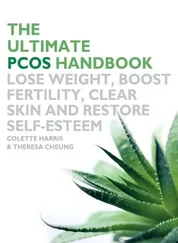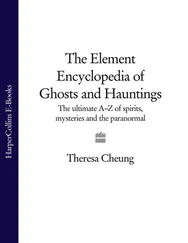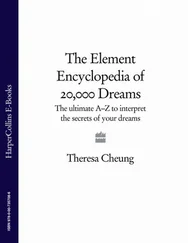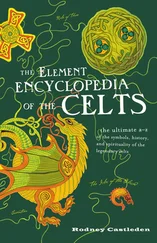Alcatraz, originally named La Isla de Los Altraces (The Island of the Pelicans), was first an army fort and prison. In 1934 it was turned into a maximum-security federal penitentiary where convicts were sent solely for punishment, not rehabilitation. Conditions were terrible and escape impossible. Many inmates were driven insane; others preferred to kill themselves rather than endure the brutal conditions.
Since the prison’s closing no visual apparitionshave been seen, but guards and tour guides have reported feelings of sudden intensity pervading the cells and corridors, the sound of men’s voices, whistling, clanging metal doors, screams, the running of feet down corridors and anxious feelings of being watched. Some of the more haunted locations on Alcatraz appear to be the warden’s house, the hospital, the laundry room, and Cell Block C utility door, where three convicts and three guards died in an attempted escape in 1946. The most haunted area, however, is the punishment block - D Block, or solitary, as it was called. Some guides refuse to go there alone. The cells reportedly remain intensely cold, even if it is a hot day.
To this day visitors continue to report feeling strange on their visit to Alcatraz, although some acknowledge their reaction might be influenced by their knowledge of the misery and suffering that went on there.
The term alchemy, commonly believed to refer to attempts to change base metals into gold, covers a wide range of topics -from the discovery of a single cure for all diseases to the quest for immortality, from the creation of artificial life to straightforward descriptions of scientific techniques. Broadly, one could describe alchemy as the art of converting that which is base, both in the material and spiritual world, into something more perfect. Symbolically, alchemy is the mystical art for human spiritual transformation into a higher form of being.
The spiritual teachings of alchemy were based on the idea that humans have a spiritor soulas well as a physical body, and it was thought that if the spirit could be compressed or concentrated, the secret of changing one aspect of nature into another could be discovered. The elusive catalyst that allowed this change to take place is known as the philosopher’s stone, which is not a stone but a powder or liquid that turned base metal into gold and, when swallowed, gave everlasting life.
Alchemists are often pictured as stirring a bubbling concoction of base metal on a fire, hoping it will turn to gold. However, not all alchemists were like this, and some of the best minds of the last twenty or so centuries have studied alchemy as a way to unlock the secrets of nature.
Alchemy probably first emerged in ancient Egypt and China. In China it was purported to transmute base metals into gold, and the gold so produced was thought to have the ability to cure disease and prolong life. In Egypt the methods of transmutation were kept secret by temple priests. Western alchemy has its basis in the skills of those Egyptian priests, Eastern mysticismand the Aristotelian theory of the composition of matter. Aristotle, following the theory of Empedocles, taught that all matter was composed of four elements: water, fire, earthand air. Different materials found in nature contained different ratios of these four elements, and so by proper treatment a base metal could be turned to gold.
In the eighth and ninth centuries, Chinese, Greek, and Alexandrian alchemical lore entered the Arab world. Arabian alchemists postulated that all metals were composed not of four elements but of two: sulphur and mercury. They also adopted the Chinese alchemists’ concept of a philosopher’s stone - a medicine that could turn a sick (base) metal into gold and act as the El or elixir of life - and so begun a never-ending quest for this elusive catalyst.
Arab alchemical treatises were popular in the Middle Ages. Indirectly, through Arabic, Greek manuscripts were translated into Latin, and alchemical explanations of the nature of matter can be found in the treatises of such scholars as Albertus Magnus (c.1200-1280) and Roger Bacon (c.1214-1292).
Before the scientific revolution, alchemists were respected figures on the European scene, and kings and nobles often supported them in the hope of increasing their revenue. But among the sincere were charlatans and swindlers, and their fraudulent activities led to alchemy getting a bad name. Even as late as 1783 a chemist called John Price claimed he had turned mercury into gold. When he was asked by the Royal Society to perform the experiment in public, he reluctantly agreed. On the appointed day, however, he drank some poison and died in front of the invited audience.
In the sixteenth and seventeenth centuries, many practical alchemists, like Paracelsus, the first in Europe to mention zinc and use the word ‘alcohol’, turned from trying to make gold towards preparing medicine. The story is told of a seventeenth-century chemist who claimed he had found the elixir of life in the waters of a mineral spring. This substance has since been identified as the laxative sodium sulphate.
After the scientific revolution in the seventeenth century, alchemy became marginalized, and interest in transmutation became limited to astrologers and numerologists. Nevertheless, the scientific facts that had been accumulated by alchemists in their search for gold became the basis for modern chemistry. In the West, interest in the spiritual dimension of alchemy was rekindled in the mid-twentieth century through the work of psychiatrist Carl Jungon alchemical spirituality.
Today there are few practising alchemists. The fact is, scientists have discovered how to change base metals into gold, but the process is uneconomical and so alchemy today is a spiritual rather than a practical quest. Sincere seekers are people of great wisdom and morality. For them the search for spiritual perfection takes precedence over the quest for easy riches. Genuine alchemists see the universe as a unity and believe that by exploring the infinite workings of its parts they can better understand the whole. The symbolism of turning base metal into gold represents exactly what they are trying to do within themselves - refine themselves spiritually - and it could be said that alchemists are simply taking a more scientific approach to the age-old quest to ‘know thyself.
An ancient Roman method of divinationusing a cock or a hen placed in a circle of grain, round which are written the letters of the alphabet. The letters close to where the bird pecks are gathered and assembled to answer specific questions. If a simple yes or no is required, then only two piles of grain are used, and the most pecked grain pile provides the answer.
Alectromancy was also practised by listening to the crows of a cock and the periods at which they were heard. Another method was to recite the letters of the alphabet, noting those at which the cock crowed.
A well-known story involving alectromancy is that of the Roman emperor Valens, who used alectromancy to divine the name of his successor. He always got the name ‘Theod’, and so Valens ordered all those with the name Theodorus to be killed. Had he done his research properly, however, he might have been more successful: it was a man called Theodosius who actually succeeded him.
Divinationthrough sortilegeof fortunes written on slips of paper inserted into balls of dough and baked, mixed and distributed randomly. Used mainly by the ancient Greeks it is seldom practised today, although it is the origin of modern-day fortune cookies.
Читать дальше
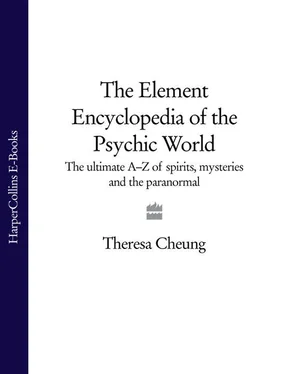

![Theresa Cheung - The Dream Dictionary from A to Z [Revised edition] - The Ultimate A–Z to Interpret the Secrets of Your Dreams](/books/692092/theresa-cheung-the-dream-dictionary-from-a-to-z-r-thumb.webp)


